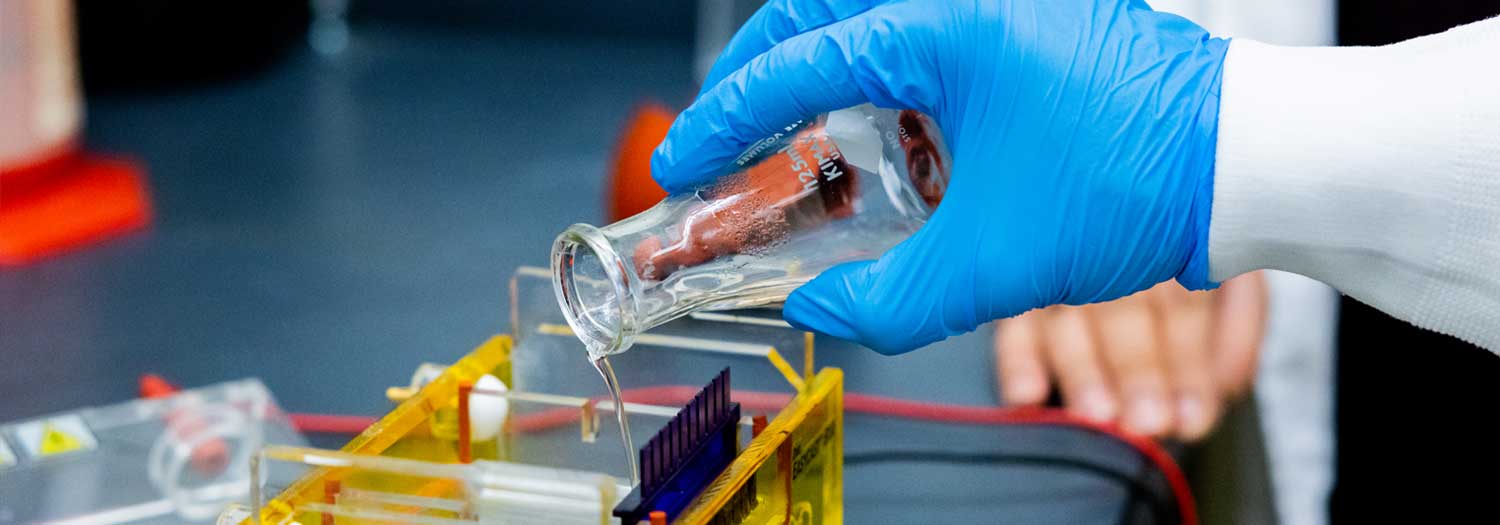Many forms of protection are available for IP including markings, agreements, registrations, and patents. The character and circumstances of the IP determine the type of protection utilized. Commonly the innovation can benefit from more than one type of protection. Some protections are automatically available and do not require formal registration or applications, or registration is optional. Other protections, such as the issuance of a patent, require extensive documentation, external examination, and university cost investment.
Intellectual Property Protection Mechanisms Available Include
- Use of Proprietary markings and notices added to materials.
- Copyright markings and Registration – US Copyright Office.
- Agreements such as: confidentiality, non-disclosure agreements, proprietary information agreements, outgoing material transfer agreements or license agreements.
- Patent Applications and Letters Patent – US Patent and Trademark Office.
- Trademarks/Service Marks – US Patent and Trademark Office.
- Trade secrets – do it yourself secrecy.
In consultation with the creators, the university shall have final authority for decisions concerning the protections sought for IP, as well as the selection and use of outside resources, including outside legal counsel, to assist in obtaining protection. Responsibility for patent administration, including the retention of patent counsel, is shared by the Technology Transfer Office and Vice President for Research & Innovation Partnerships.
